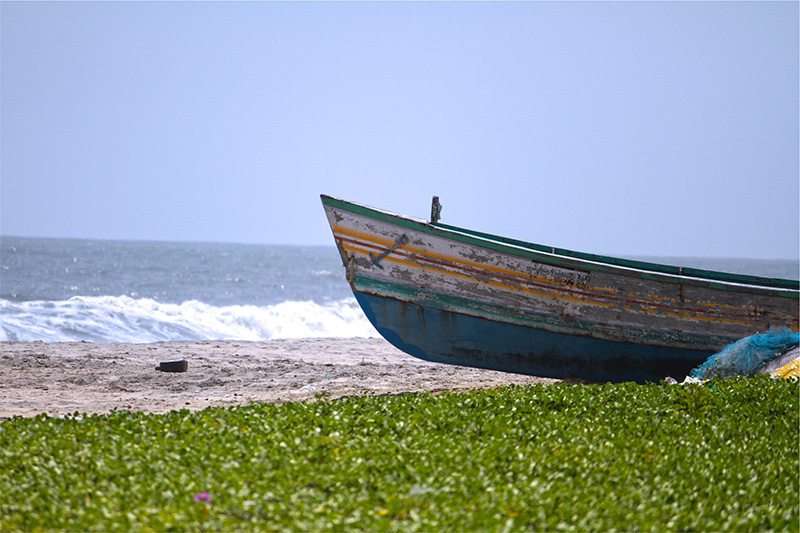What Happens When a Bankruptcy Case is Filed in East Texas?
When a bankruptcy case is filed in East Texas an estate is created that consists of the property that is defined in Section 541 of Title 11 of the United States Bankruptcy Code.
Of course, the personal property of the estate in a bankruptcy would consist of any property that the Debtor has a legal or equitable interest in at the time the bankruptcy case is filed.
In addition, the estate consists of certain types of property that the Debtor acquires or becomes entitled to acquire within 180 days after the filing of the case.
EAST TEXAS BANKRUPTCY AND YOUR PROPERTY
180-Day Property
Section 541(a)(5)(A) provides that three different types of property can become part of the bankruptcy estate:
-
Property acquired by bequest, devise, or inheritance;
-
Property acquired as a result of a property settlement agreement with the Debtor’s spouse or a Decree of Divorce; or
-
Property acquired as a beneficiary of a life insurance policy or of a death benefit plan.
INHERITED PROPERTY AND YOUR BANKRUPTCY
Debtors have to be aware that an inheritance of property within the 180-day period of filing a bankruptcy can have dramatic consequences. Also, the receipt or right to receive life insurance proceeds can have the same consequence.
Property in a Chapter 13 bankruptcy filing is never surrendered to the Trustee. To the extent there is property that is not exempt under the bankruptcy law, then the Debtors are required to pay a dividend to the Chapter 13 Trustee that equals the value of the non-exempt property.
As always, any opinions expressed on this website are just that, opinions. So if you have a question regarding bankruptcy or debt relief, then please give me a call to discuss your individual situation. Bankruptcy, as many other areas of the law, can be very case or fact specific. I pride myself on giving you the answers to your questions that are based on your individual circumstances.


